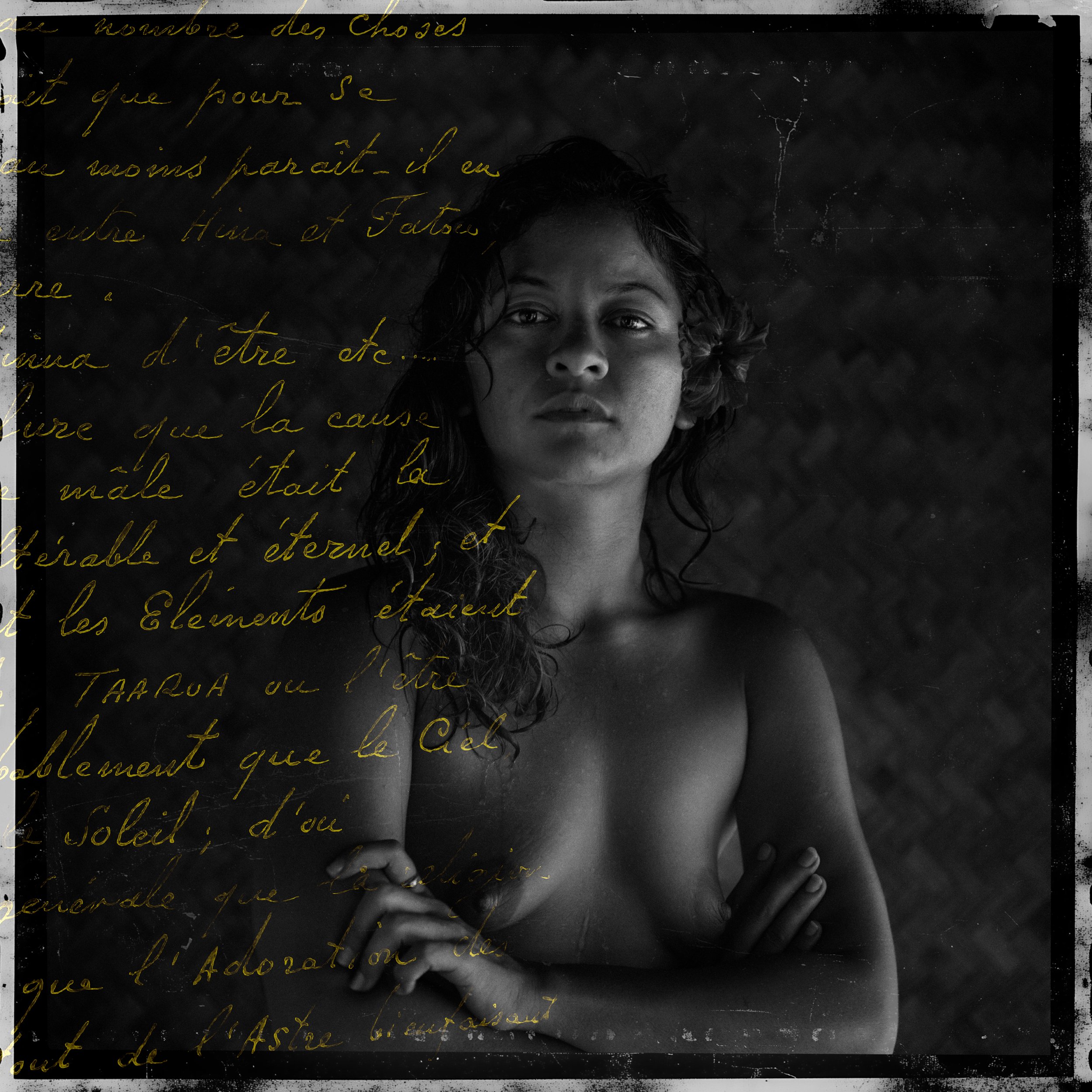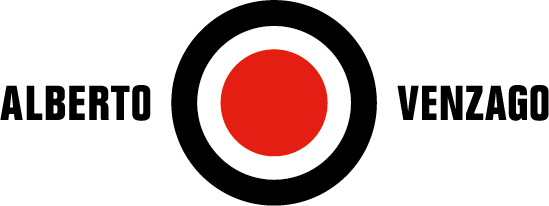

ANNOUNCEMENT: Gauguin revisited by alberto Venzago
Alberto Venzago made his first trip to Polynesia over thirty years ago, where he discovered that descendants of the models painted by Paul Gauguin still live there. As a long-time admirer of Gauguin’s art, Venzago was captivated by the artist's vision of a "lost paradise." This fascination led him to explore what had become of the women Gauguin painted and how their descendants live today. Do they have an awareness of their ancestry? Do they feel pride? Do they seek recognition? These journeys became more than simple explorations; they turned into an obsession—a deep need to tell the stories of these people and capture their faces.
On his third trip in March and April 2024, Venzago photographed several descendants of Gauguin's models at their original locations. With the help of Josette Garonne, the widow of Atuona’s long-time mayor—Gauguin’s final residence—they analyzed extensive family trees and traced some descendants. They spent hours in small parlors and on the terrace of the Catholic administration beside the church, poring over old leather-bound baptismal certificates from Hiva Oa. They also copied birth certificates of the descendants from the municipal administrations in Atuona and Puama'u.
Alberto Venzago:
“Where are they now?” I keep asking myself as I sit on the riverbank in Mataiea, breathing in the scent of the lush vegetation. Gauguin wrote in his semi-fictional diary Noa Noa that he was overwhelmed by the stupefying silence of his first night there, when he heard nothing but his own heartbeat.
Josette steps beside me. “They’re here, somewhere,” she says softly as we leaf through the list of ancestors, reading the names of children and grandchildren. It’s a web of connections woven over decades, and we have to untangle each thread. To complicate matters, the mixture of French and Tahitian names, along with new marriages and name changes, makes tracing the family trees more difficult.
Through reading Gauguin’s letters and diary entries, I’ve gained deeper insight into his troubled character—his financial struggles, physical decline, and dependence on alcohol and, eventually, morphine. “My life is an endless hunt for the unknown,” his words echo in my mind as I visit the places he lived and worked—waterfalls, his hut, the pharmacy, the market.
These journeys are more than exploration; they are an obsession, a deep need to tell the stories of these people and capture their faces.
As I travel, I meet the descendants of Gauguin’s models. I photograph their faces, which reflect the stories and heritage of their ancestors. “You are the face of a dream,” I whisper to a young woman sitting quietly across from me. She nods, her eyes filled with untold stories. She is the great-granddaughter of Tohotaua, the girl who posed for Girl with a Fan.
This deep exploration of Gauguin’s life has profoundly influenced my understanding of his work. I am currently analyzing the filmed interviews with the descendants. To present a complete lineage of Gauguin’s children, I will need DNA samples from both Gauguin and his descendants. And then there’s Gauguin’s grave, in the small cemetery in Atuona. “Empty,” they tell me. Even in death, he remains a mystery. But this research—this search for the truth—is only a sideline of my journey. My true passion lies in photography, in capturing the portraits of these descendants.
“In the end, he was a broken man,” I hear as I turn the yellowed pages of his letters. “Constantly fleeing from himself, trapped in a spiral of financial woes and physical decline.” The morphine injections and alcohol weren’t just his vices; they were his refuge from pain.
“This is just the beginning,” I tell myself, as the chapters of this story unfold before my eyes—from my first dreams and encounters with Gauguin’s paintings in Paris and Zurich to the real people I have met on these journeys.
In the winter of 2024/25, I will embark on the same journey Gauguin took in 1901. It took him 62 days; for me, it will likely take 35. I’ll be traveling by container ship, of course—not a cruise.

Welcome to my Word by Alberto Venzago
An exciting selection of works from Alberto Venzago's powerful archive will be on display in the staircase of the newly opened Restaurant Lulu next to the Zurich Opera House from September 16, 2024.

DO YOU DARE? – Mit der Welt auf Tuchfühlung
Fotografie hat die Macht, uns viel über diese Welt zu erzählen. Alberto Venzago ist einer der besten Fotografen unserer Zeit und hat es sich seit über fünfzig Jahren zur Aufgabe gemacht, uns diese Welt durch seine Bilder näher zu bringen. Seine Fotografien entführen uns an Orte und zu Menschen, die normalerweise ausserhalb unserer Reichweite liegen - sei es die japanische Mafia Yakuza oder Mick Jagger hautnah auf der Bühne. Der unbestreitbare Reiz seiner Fotografien liegt in ihrer bildlichen Kraft. Venzagos Arbeiten entstammen einer Ära, in der das Selbstverständnis der Fotografie und der Fotografierenden das eines glaubhaften und engagierten Bezeugens war.

Coming up – Solo Show
We are pleased to announce that we will be present with a solo exhibition at the
Ernst Leitz Museum in Wetzlar, Germany on March 2023. More details to follow.

Taking Pictures – Making Pictures
Zurich photographer and filmmaker Alberto Venzago masterfully shuttles between the worlds of reportage and advertising, documentary and fiction. In gripping photo essays and films, he casts a critical gaze on world events, while in parallel creating carefully styled imagery for global brands and world-famous stars. Venzago’s first museum exhibition showcases his work in an opulent retrospective.
Museum für Gestaltung Zürich
Ausstellungsstrasse 60
CH-8005 Zurich

one – Seduced by the Darkness
Salzburg Summer Festival Exhibition: Photographs by Julia Fokina and Alberto Venzago. To accompany the exhibition we present: "Julia Maria Pasch" - BIRTH OF A VIOLIN - Violinmaking in residence
Rudolf Budja Galerie
Wiener-Philharmoniker-Gasse 3
5020 Salzburg – Österreich
